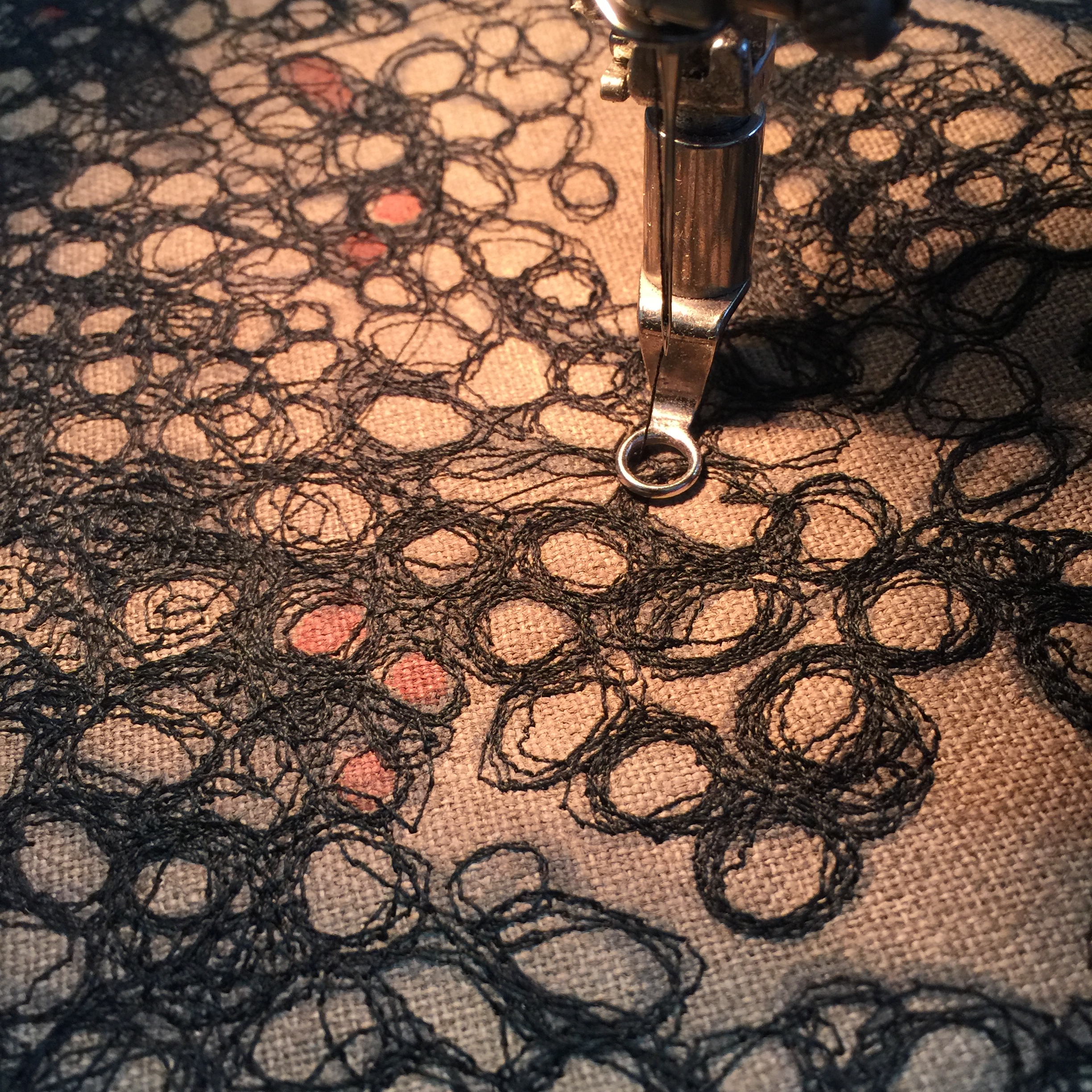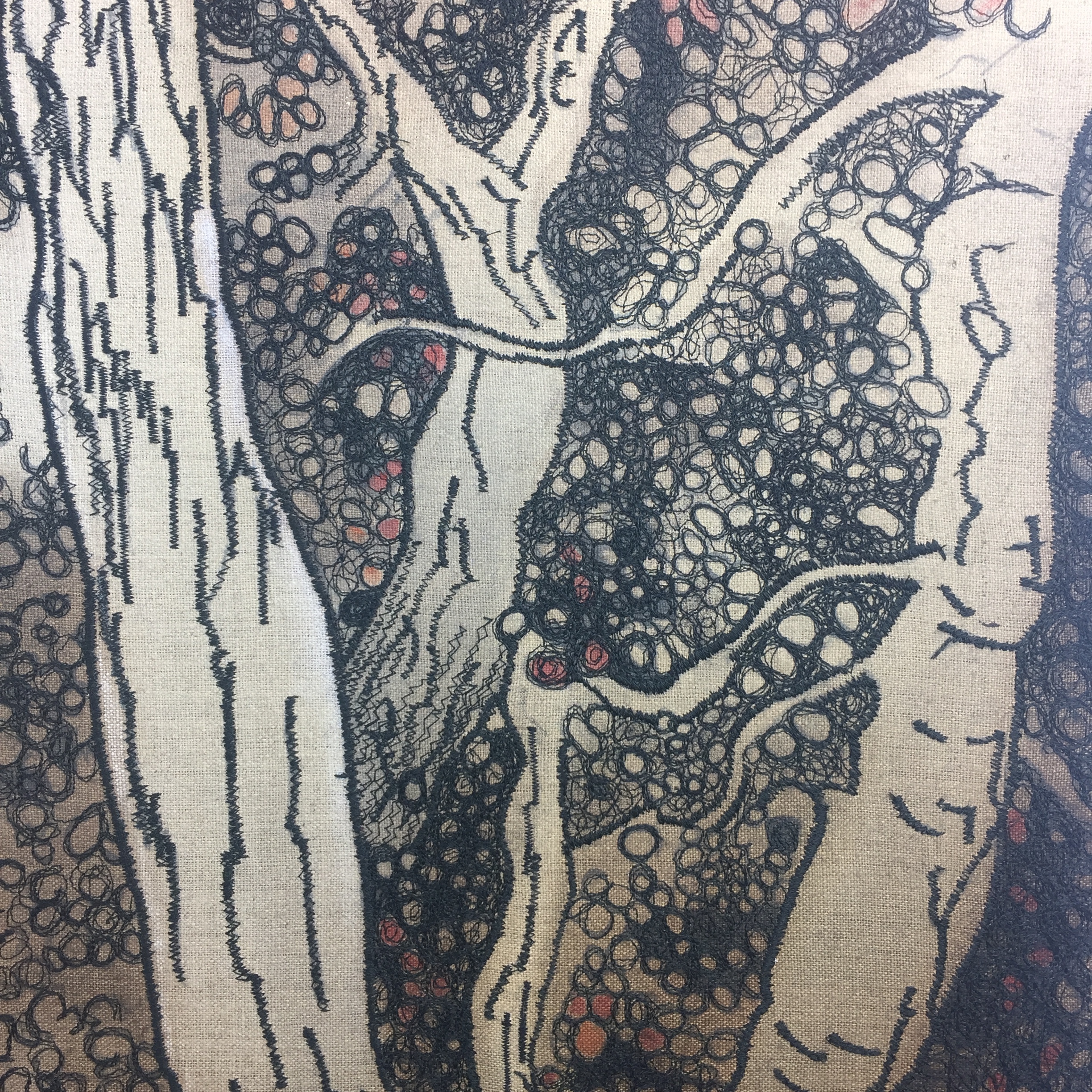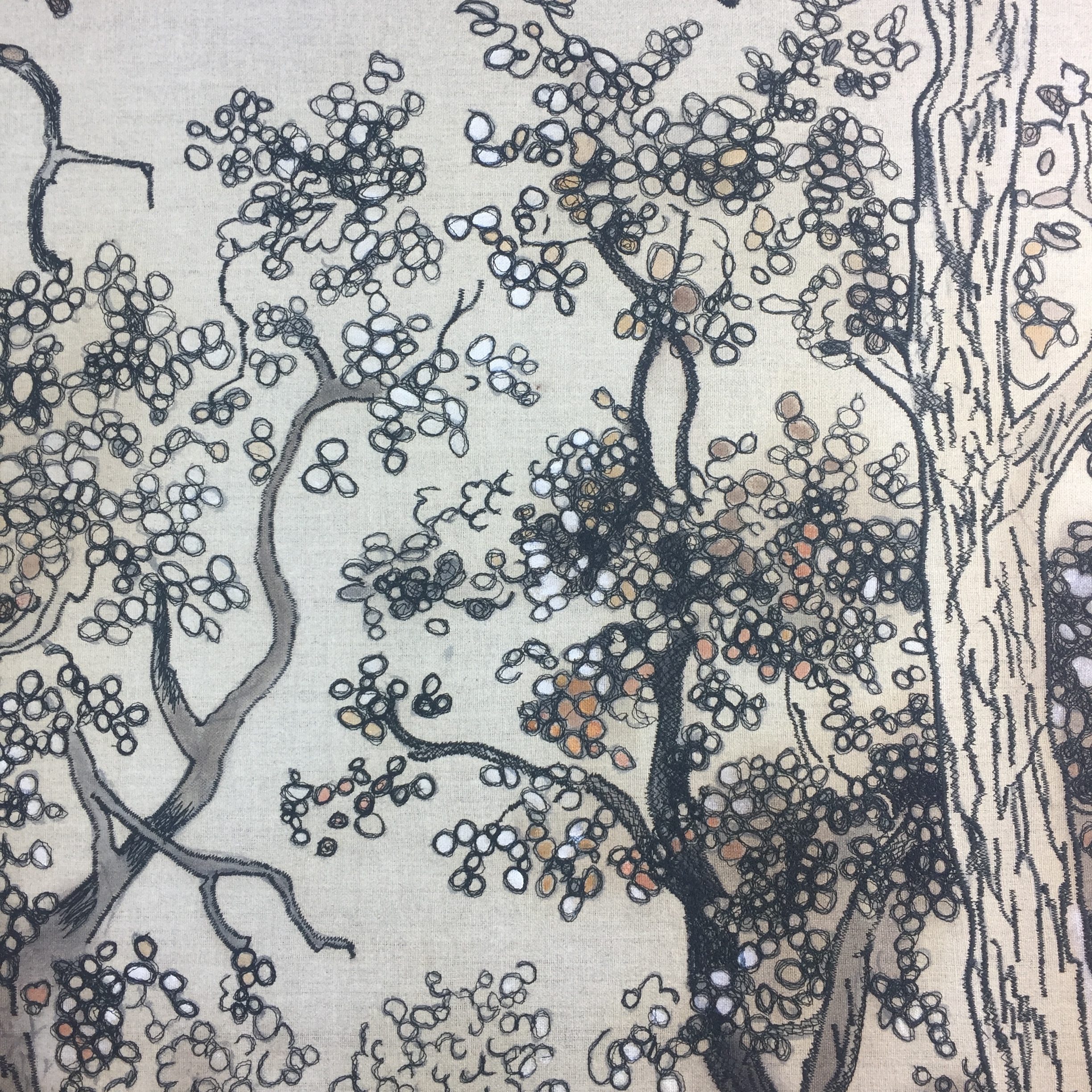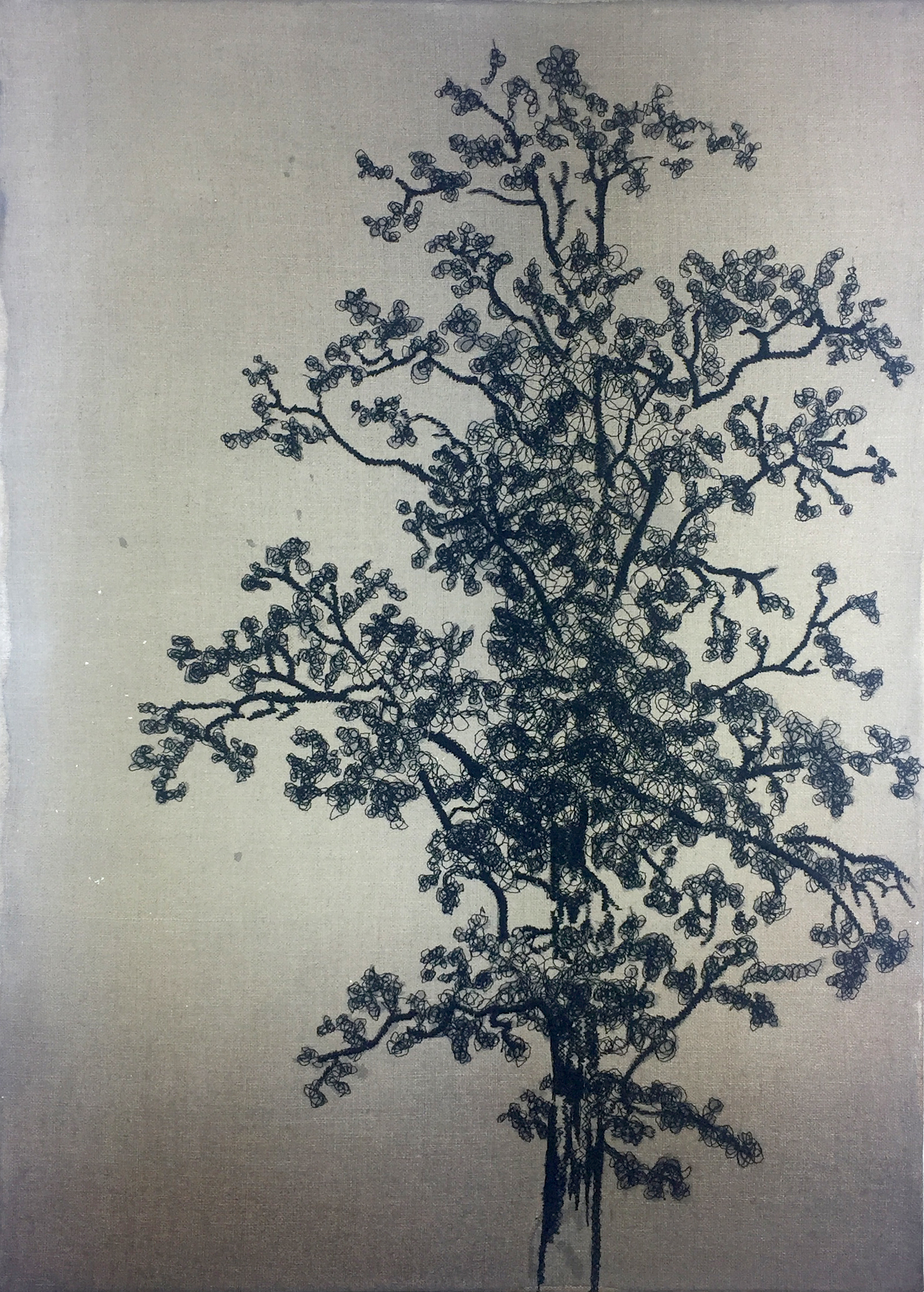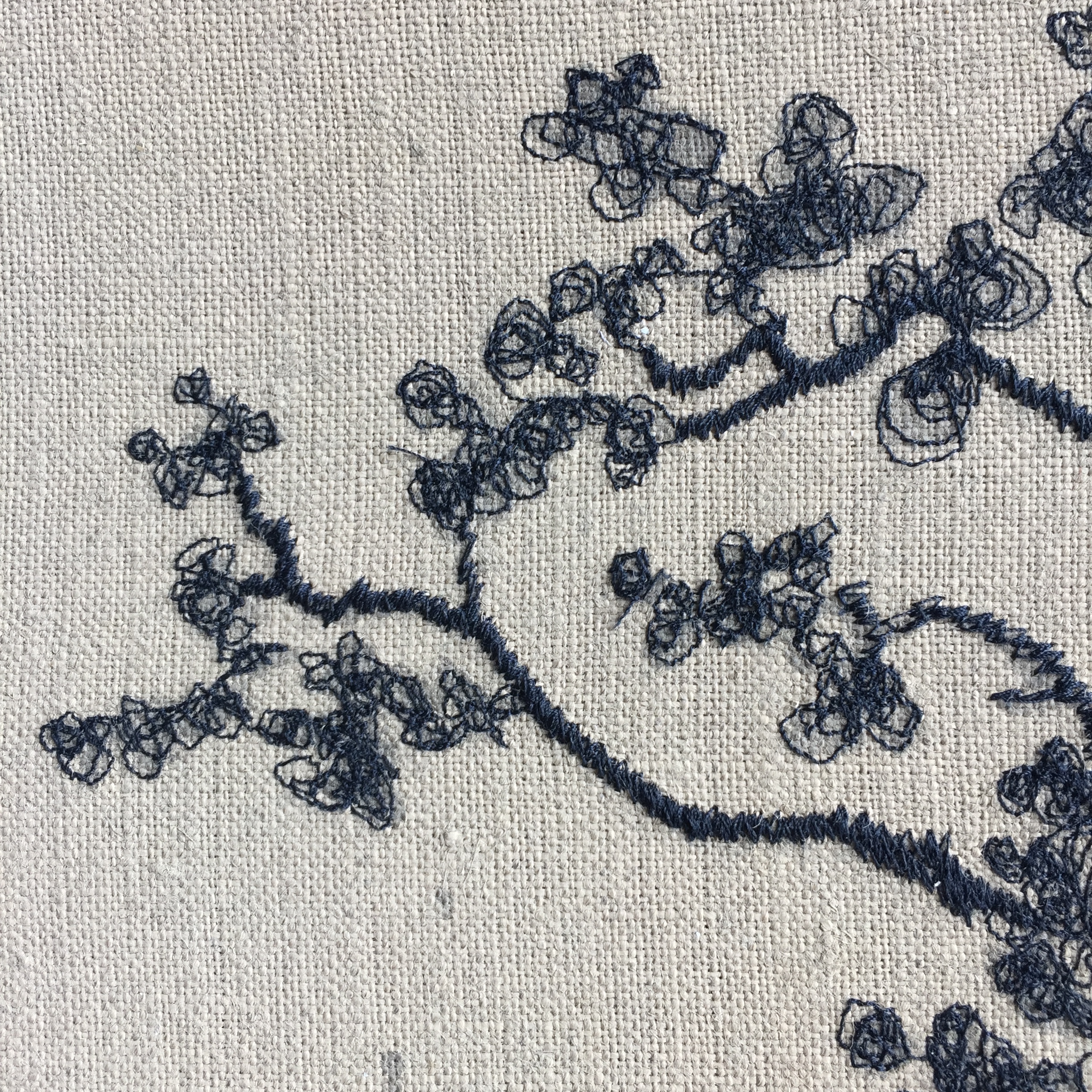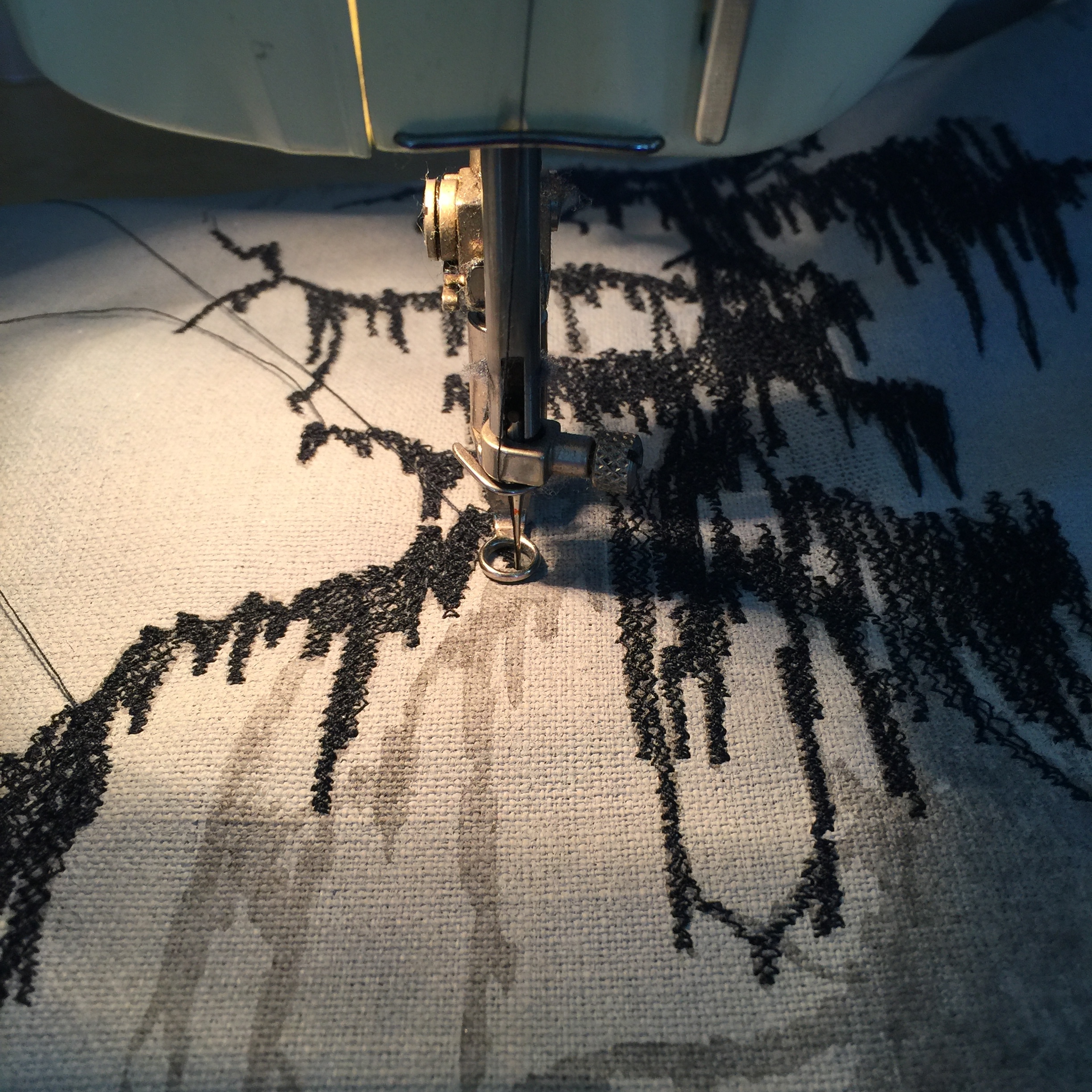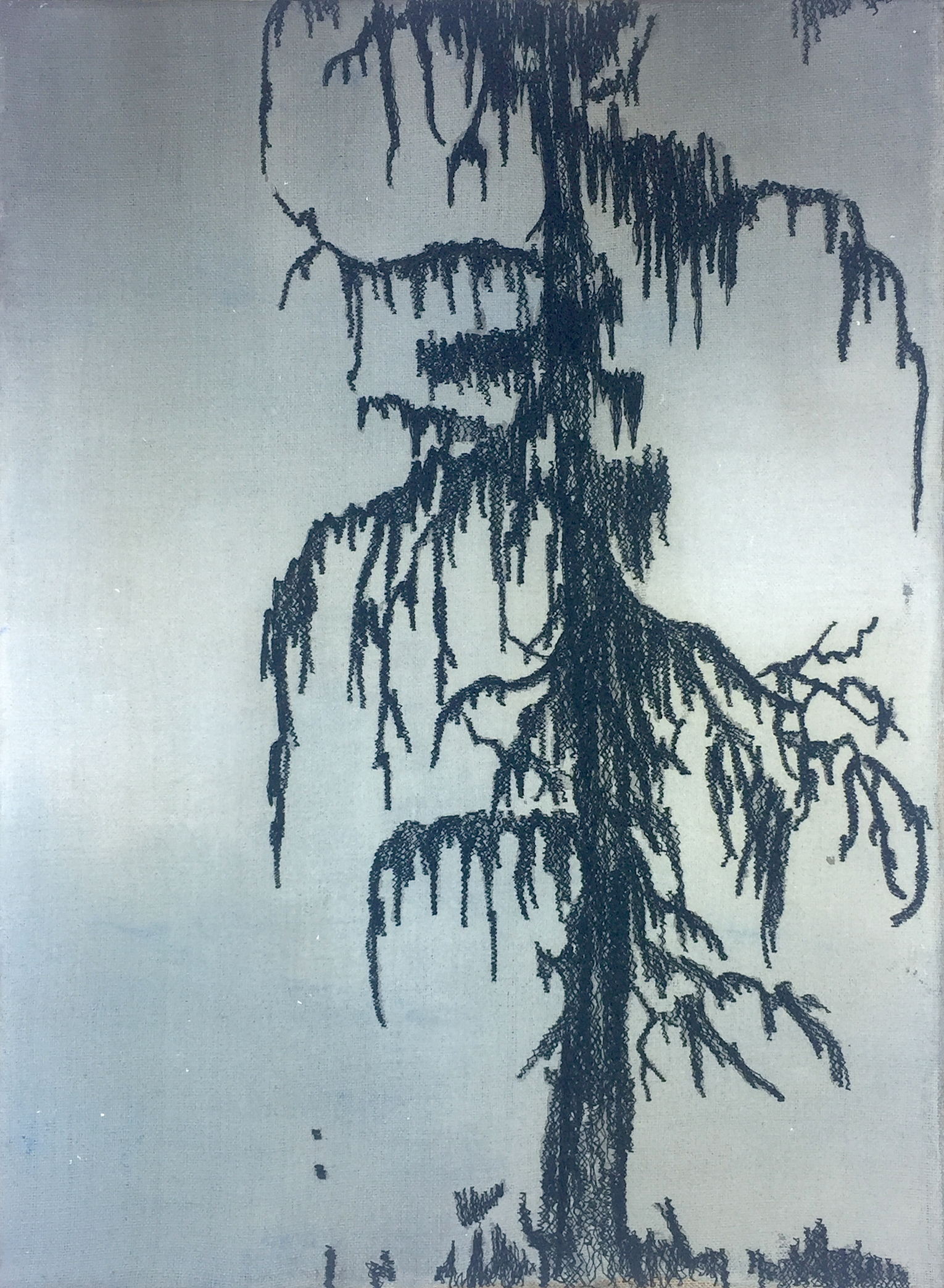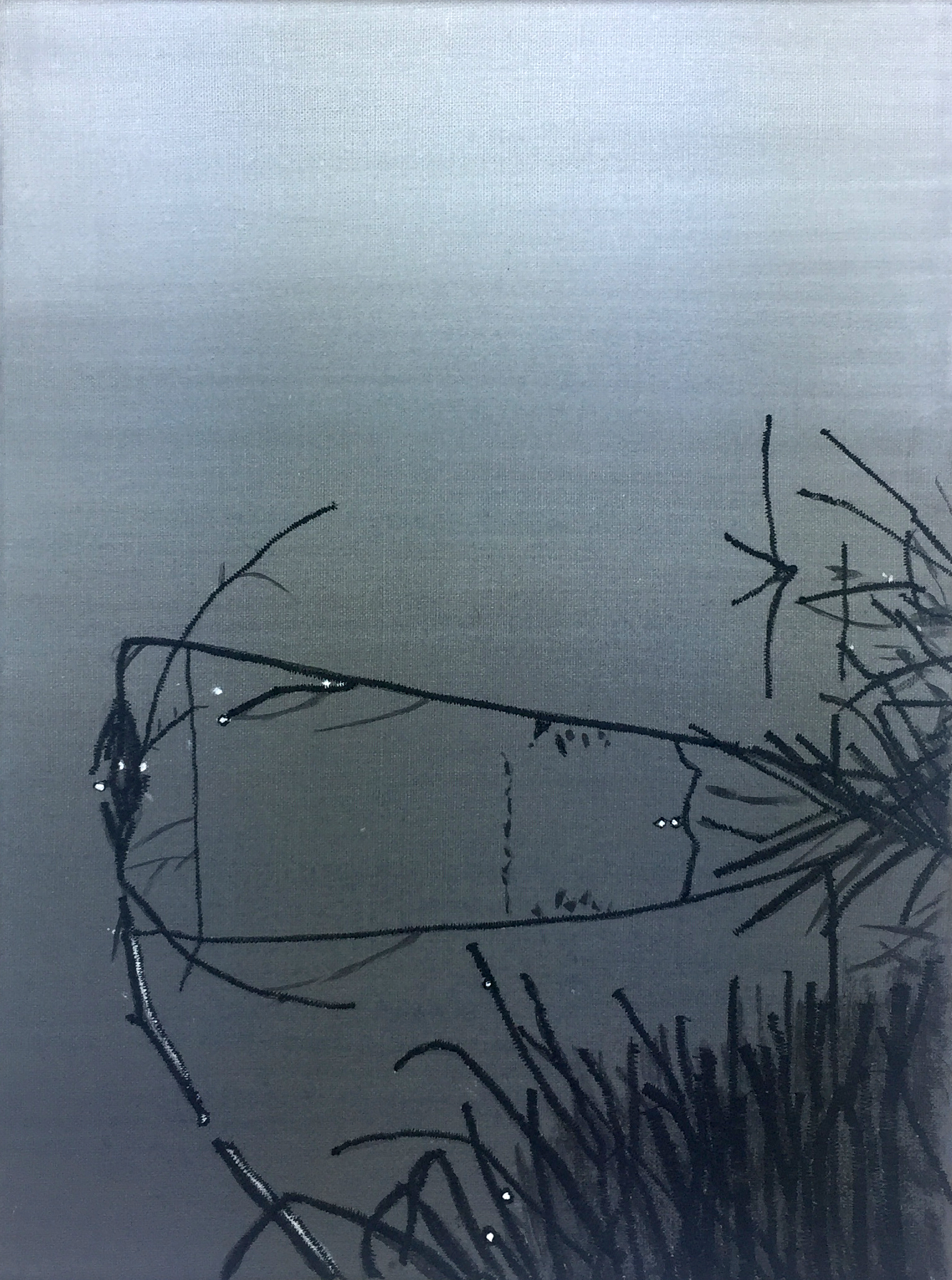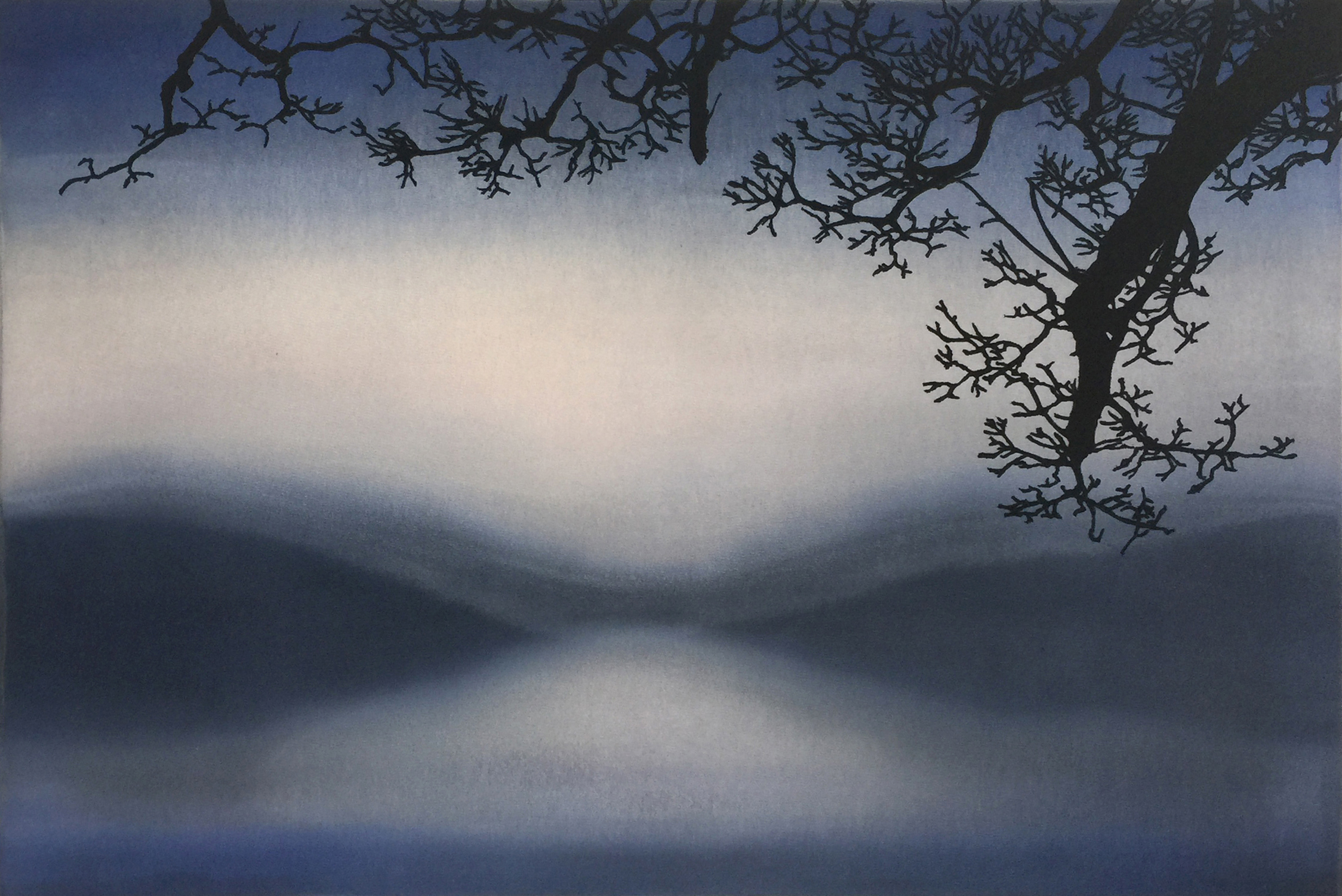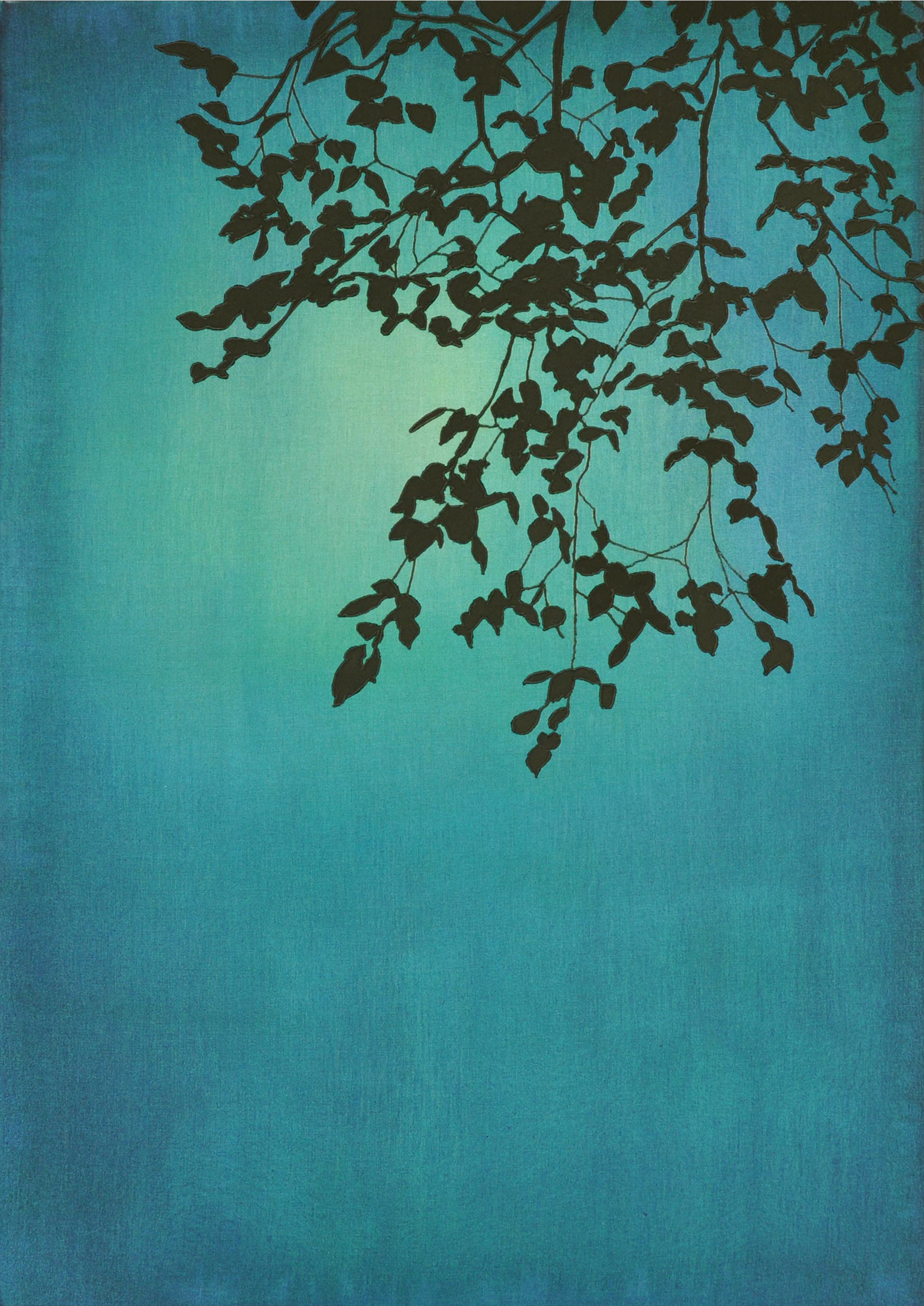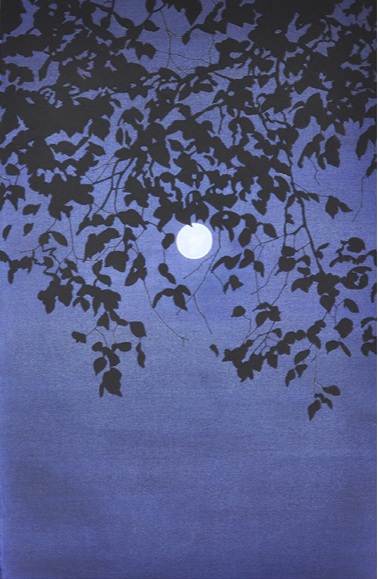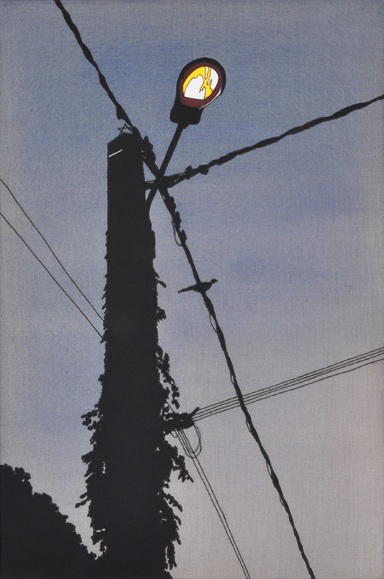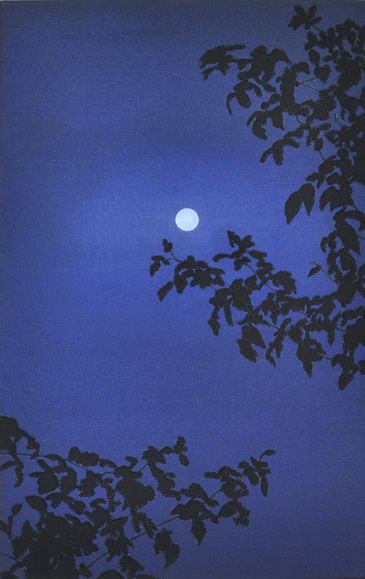Path & Wooded Landscape #1, #2 & #3 (after Hercules Segers)
2022-2024
Linen, acrylic paint, stitching.
My most recent series “Darned Landscapes”, is a group of stitched paintings that are reworking of etchings by Dutch Golden-age masters, most notably Hercules Segers (1589 - 1638). Created using a combination of sewing and painting these works draw on traditional techniques to create very contemporary, but hauntingly ancient, imagery.
Darning is a way of working thread to repair holes in clothing or to strengthen fabric, using only a needle. It is a skill that has been pretty much lost in western society as textiles and clothing have become so cheap (thanks to the global textile industry) that we can just buy a new pair rather than repair our own socks.
Following from my monumental appliqué works, which are based on my own photographs and only used fabric and thread; the Darned Landscapes are (literally and figuratively) reflective of Segers’ etchings, which offer us both an actual and an idealised view of landscapes at the dawn of the Industrial Revolution.
The word “darned” can also mean doomed. These images offer us a view of the natural world that few of us will ever see again: When was the last time you saw an ash tree that hadn’t been pruned or a pine tree covered in moss? Besides bringing innovation to ‘traditional’ textile crafts, replacing the hand with the machine, craft and material knowledge with engineering, the Industrial Revolution soon led to the clearing of the majority of indigenous forests across Europe. Reworking Segers’ etchings with needle and thread reconnects the indigenous landscape with an intuitive and hidden knowledge that has been passed down from generation to generation.
Rowena Dring, 2020.


